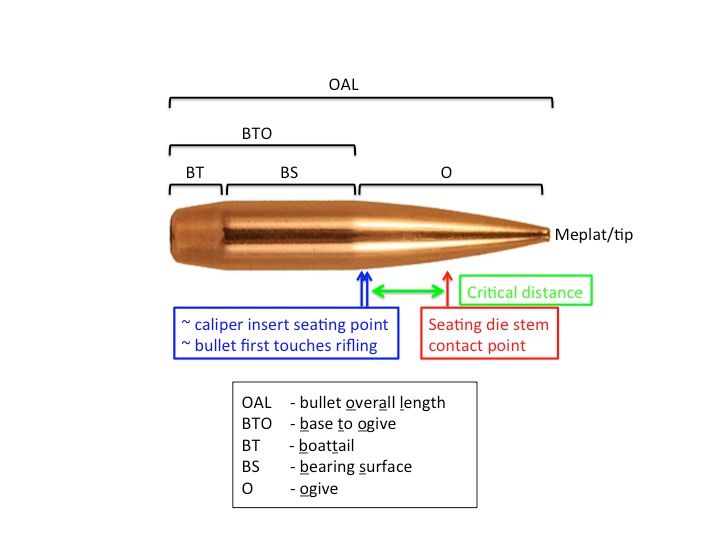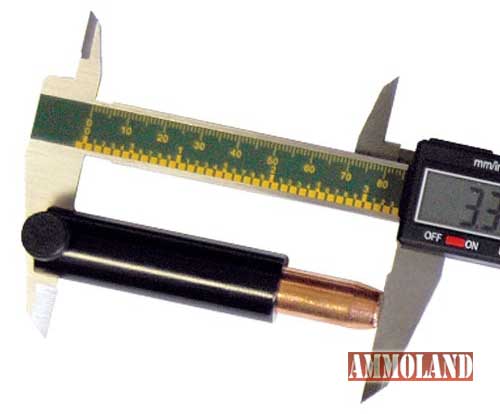I’m still new to reloading, I’ve done my load development and have reloaded about 400 rounds so far. I've got an issue with a new lot of brass. I've painstakingly tinkered to get my seating die perfect. This worked great for the previous lot of 200. Now, i switched to a different set of brass and my seating depth measured from the ogive is all over the place. I find myself changing my seating die to get as close as i can to my prototype round.
Im not sure how to troubleshoot this? I thought it might be the new lot so I picked 15 bullets and cases, measured them (cases/bullets) so every single one has consistent measurements. Then i seat them but when i measure from the ogive there is large variances.
Prototype Round
Ogive: 2.228
OAL: 2.850
Hornady 6.5 CM Brass
Hornady 140gn ELD-M
Forester Co-ax, Forester micrometer seating die
Lot of 15 ogive measurements;
2.206
2.213
2.220 x2
2.223 x3
2.225
2.226 X2
2.227 x2
2.228 x1
2.230
Any help would be appreciated!
Im not sure how to troubleshoot this? I thought it might be the new lot so I picked 15 bullets and cases, measured them (cases/bullets) so every single one has consistent measurements. Then i seat them but when i measure from the ogive there is large variances.
Prototype Round
Ogive: 2.228
OAL: 2.850
Hornady 6.5 CM Brass
Hornady 140gn ELD-M
Forester Co-ax, Forester micrometer seating die
Lot of 15 ogive measurements;
2.206
2.213
2.220 x2
2.223 x3
2.225
2.226 X2
2.227 x2
2.228 x1
2.230
Any help would be appreciated!





